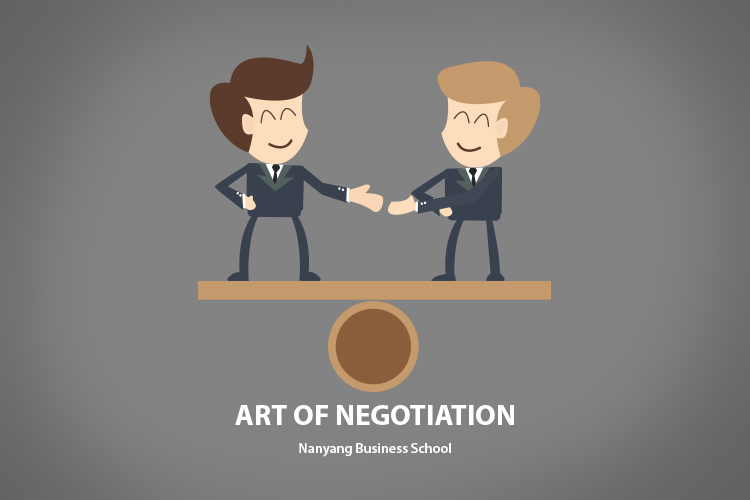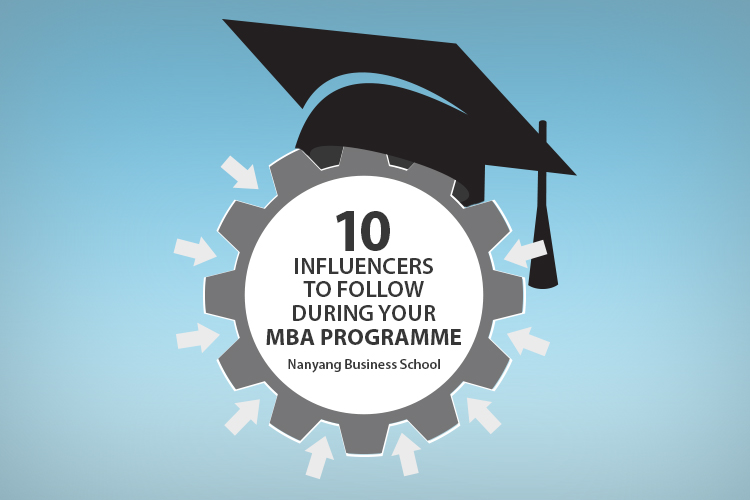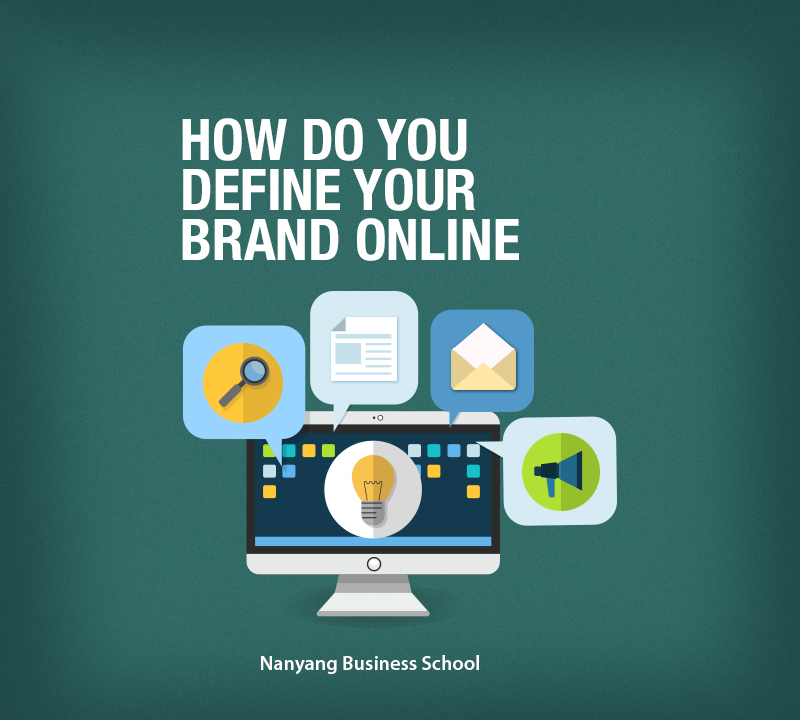originally published on Financial Times MBA Blog on June 13, 2016
by: Laura Melina Loeven, MBA 2015-16
The last course I have to pass before graduating from Nanyang Business School is a 12-week operations class. As more consumers around the globe demand good quality products at a low-cost, establishing cost-efficient and reliable operations is a fixed part of every corporate agenda to gain an edge over the competition.
Thus, aspiring executives must not only be good strategists, but also need to be prepared for managing the day-to-day operations.
Yet many multinational corporations are criticised for their negligence in operations management, and we read more and more about the difficulties balancing cost and quality. Climate change, depleting natural resources and labour strikes are just some of the challenges faced. But how can you prepare MBA students for a multitude of operational issues in just 12 weeks? How do you engage a bunch of young professionals in a subject that does not sound nearly as sexy as any of the popular strategy design courses, but has an even higher impact on corporate success? The answer is simple: you play a game.
What I saw were just three machines, an order book and a reporting tool that displays real-time analysis of my team’s performance. It all seemed so simple.
Tapping into the competitive spirit of MBA students always works, and soon after firing the starting gun of the Littlefield simulation game, enthusiasm for operations issues increased notably. The class is split into groups and the game is played over the course of one week. The goal of each group is to maximise revenues from customer orders while maintaining optimal machine capacity utilisation. Yet, the only decisions a team can make is to buy or sell machines. The catch? One hour in the Littlefield world represents a full day in real life, so inevitably you end up monitoring the game before breakfast, skip lunch to check the capacity utilisation figures, and wake up at night to make sure operations are still running smoothly.
When typing the key word Littlefield into Google search, I stumbled across a scary YouTube video of a particularly committed student who fully dedicates himself to the game, monitoring the virtual factory floor 24/7. But he drops all other responsibilities, neglects his girlfriend and eventually loses his mind. With this off-putting story in mind, I am hesitant to engage in this exercise and approached the game with scepticism. However, what I saw were just three machines, an order book and a reporting tool that displays real-time analysis of my team’s performance. It all seemed so simple.
For seven days, I logged into the Littlefield game and saw the reporting graphs climbing up and down, and found my team’s ranking moving in sync. Staring at the chart that reflects the capacity utilisation of my factory left me in awe, and even after 10 months of business school I feel helpless. Puzzled by the uncertainties of Littlefield, my team decided to follow the most complacent of all strategies: do nothing. While ignoring our managerial responsibilities seemed to work well for us for a while, we eventually dropped to the bottom of the field and finished the game as the second last team. Still, Littlefield taught me crucial lessons on operations management, and life itself:
- If you want to go far, go together. Only working with a team leads to success.
- You are never prepared enough. Making decisions when uncertain is an art you have to master.
- Even simple set-ups bear risks. Be proactive, bold, and balance a holistic overview and attention to detail when it comes to managing daily challenges.
- Doing nothing is never a good idea. Observe, analyse, act and react to succeed.
Copyright The Financial Times Limited 2016. All rights reserved.










You must be logged in to post a comment.